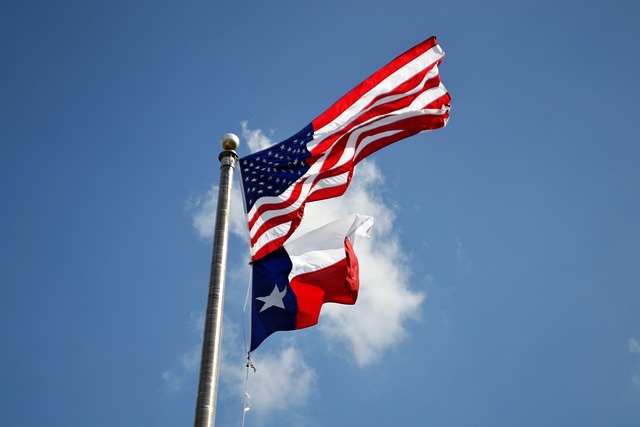Understanding tribal communities' deep connection to land is crucial for real estate development on Native lands. Tribal peoples have extensive knowledge of their ancestral territories, shaping their unique real estate practices that extend beyond property lines. For successful navigation in real estate deals, developers must respect communal bonds, acknowledge customs, and preserve spiritual connections to ancestral homes. Building genuine relationships with tribal leaders, fostering trust, and understanding cultural heritage are key for mutually beneficial partnerships, ensuring long-term sustainability and harmonious co-existence between communities and their ancestral territories.
In today’s globalized world, close ties to tribal communities are more vital than ever for responsible and sustainable development. This article explores three crucial aspects of engaging with indigenous peoples. We delve into understanding the unique land relations and cultural contexts of tribal communities, navigating real estate deals while respecting their boundaries, and building long-term partnerships for success in Native Lands Development. By integrating these strategies, we can foster harmonious co-existence and ensure equitable outcomes for all stakeholders involved in the real estate sector.
Understanding Tribal Communities and Their Unique Land Relations

Understanding tribal communities involves recognizing their deep connection to land, which is central to their cultural identity and way of life. Tribal peoples often have intricate knowledge of their ancestral territories, fostering a profound sense of stewardship and responsibility for the natural resources within them. This unique relationship with land shapes their real estate practices, where ownership isn’t merely about property lines but also encompasses the spiritual and ecological bonds they’ve forged over generations.
In navigating real estate matters, it’s crucial to respect these communal bonds and understand that land is more than just a commodity. Tribal communities have specific customs and protocols regarding land use, inheritance, and access, which must be acknowledged and integrated into any discussions or transactions. This requires open dialogue, cultural sensitivity, and a commitment to preserving the tribal peoples’ connection to their ancestral homes.
Navigating Real Estate Deals While Respecting Cultural Boundaries

When engaging in real estate deals, especially in areas with strong tribal communities, it’s essential to approach transactions with cultural sensitivity and respect. Navigating these deals requires a deep understanding of local customs, traditions, and land-use practices. For instance, some tribes may have specific protocols regarding the sale or transfer of ancestral lands, ensuring that their heritage sites remain untouched is often paramount. Developers and investors must actively listen to and consult with community elders and leaders to gain trust and ensure any development aligns with cultural values.
Respecting cultural boundaries means recognizing the spiritual significance of certain areas and incorporating these insights into planning processes. This might involve adapting designs, choosing construction timelines that avoid sacred periods, or even re-evaluating site selections if they pose a risk of disturbing culturally important locations. Embracing open communication channels fosters transparency, helps build strong relationships, and paves the way for mutually beneficial real estate partnerships.
Building Sustainable Relationships for Long-Term Success in Native Lands Development

Building genuine and sustainable relationships with tribal communities is paramount for long-term success in real estate development on Native lands. These partnerships must be founded on mutual respect, trust, and a deep understanding of the community’s unique cultural heritage, traditions, and land stewardship practices. By actively engaging with tribal leaders, elders, and members, developers can gain insights into the community’s vision for their lands’ future, ensuring that any development aligns with their values and needs.
Such relationships foster inclusive decision-making processes, empowering the tribe to have a direct say in how their homelands are developed and preserved. This collaborative approach not only respects tribal sovereignty but also creates opportunities for economic growth and self-sufficiency while preserving cultural connections to the land. Ultimately, sustainable development on Native lands is about more than just real estate; it’s about fostering harmonious co-existence between communities and their ancestral territories.






